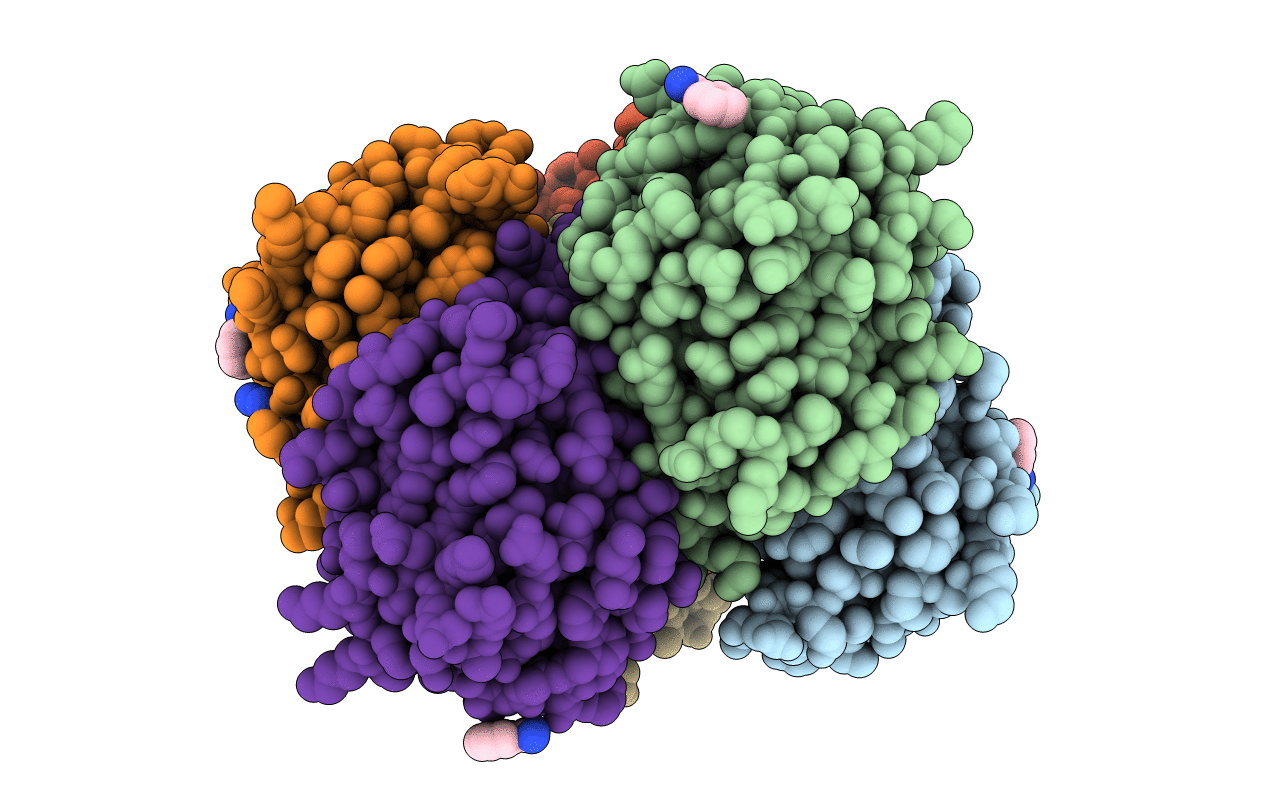
Deposition Date
2007-10-31
Release Date
2008-09-02
Last Version Date
2023-11-01
Entry Detail
PDB ID:
3B7J
Keywords:
Title:
Crystal structure of (3R)-Hydroxyacyl-Acyl Carrier Protein Dehydratase(FabZ) from Helicobacter pylori complexed with juglone
Biological Source:
Source Organism:
Helicobacter pylori (Taxon ID: 210)
Host Organism:
Method Details:
Experimental Method:
Resolution:
2.40 Å
R-Value Free:
0.22
R-Value Work:
0.19
Space Group:
P 21 21 21


